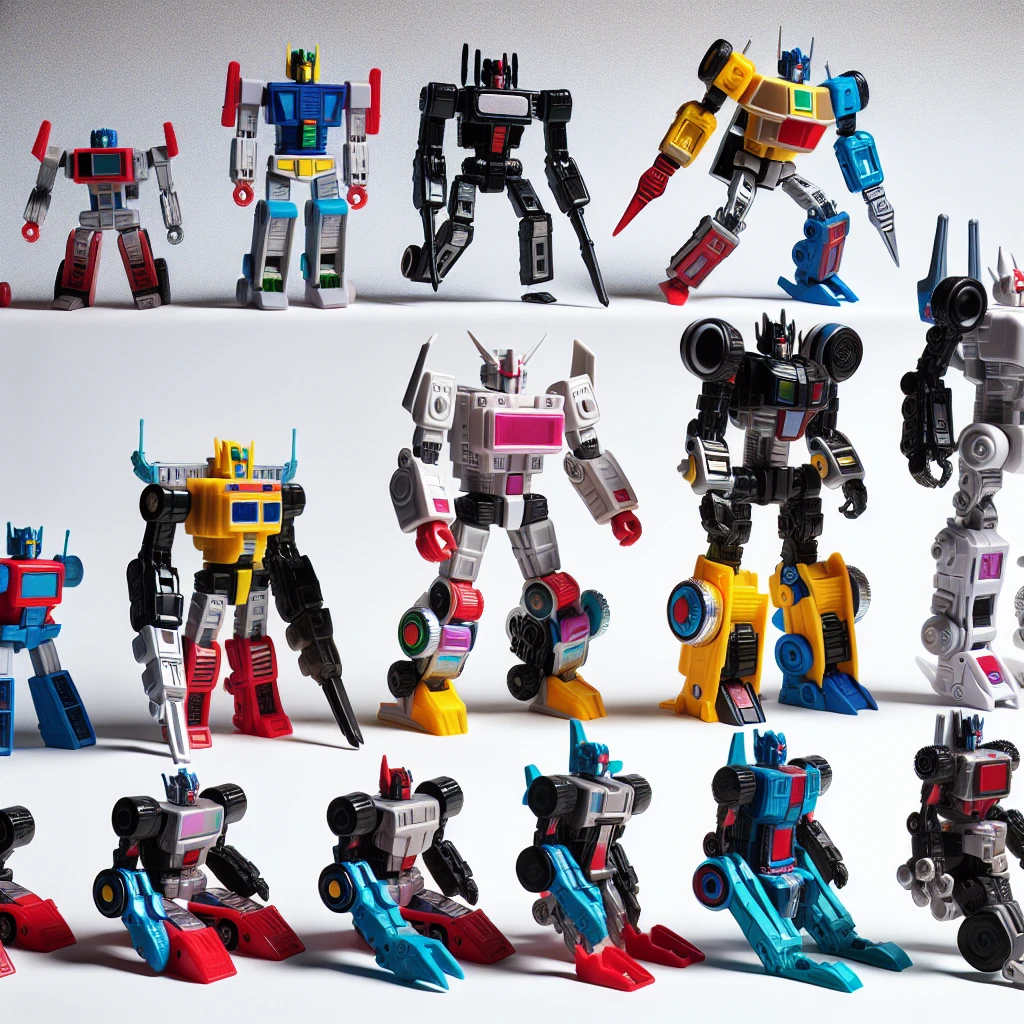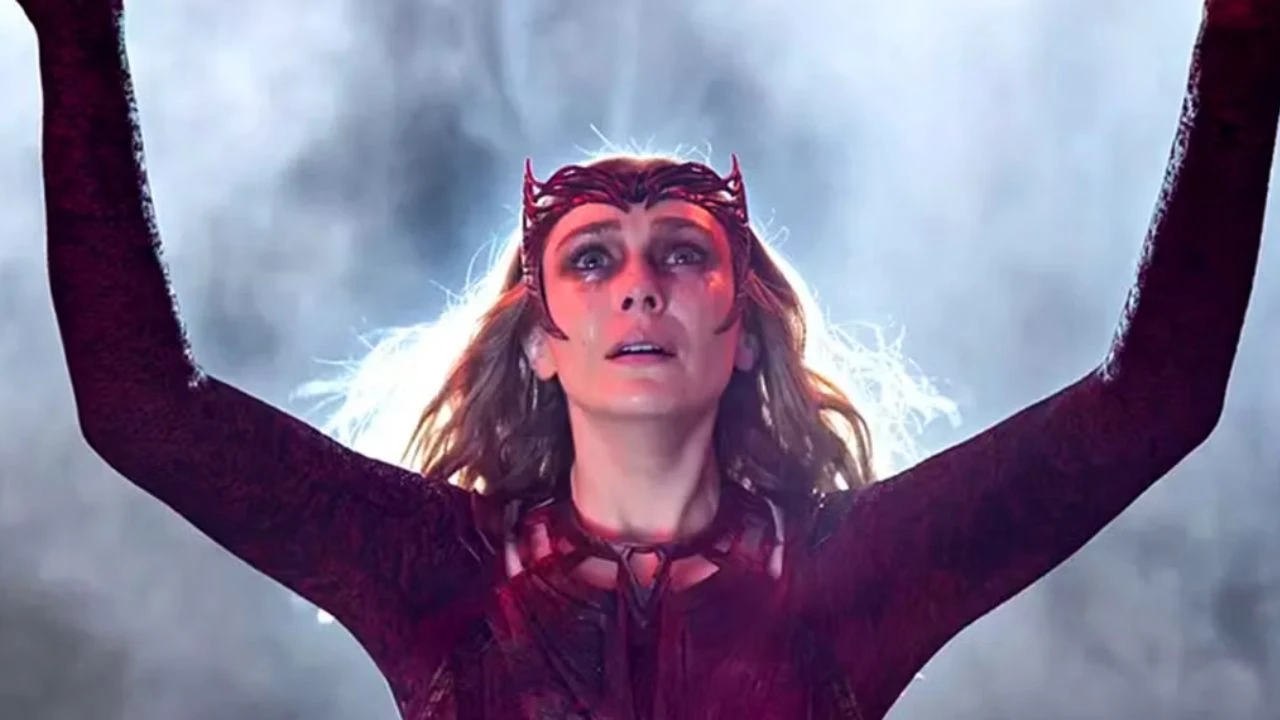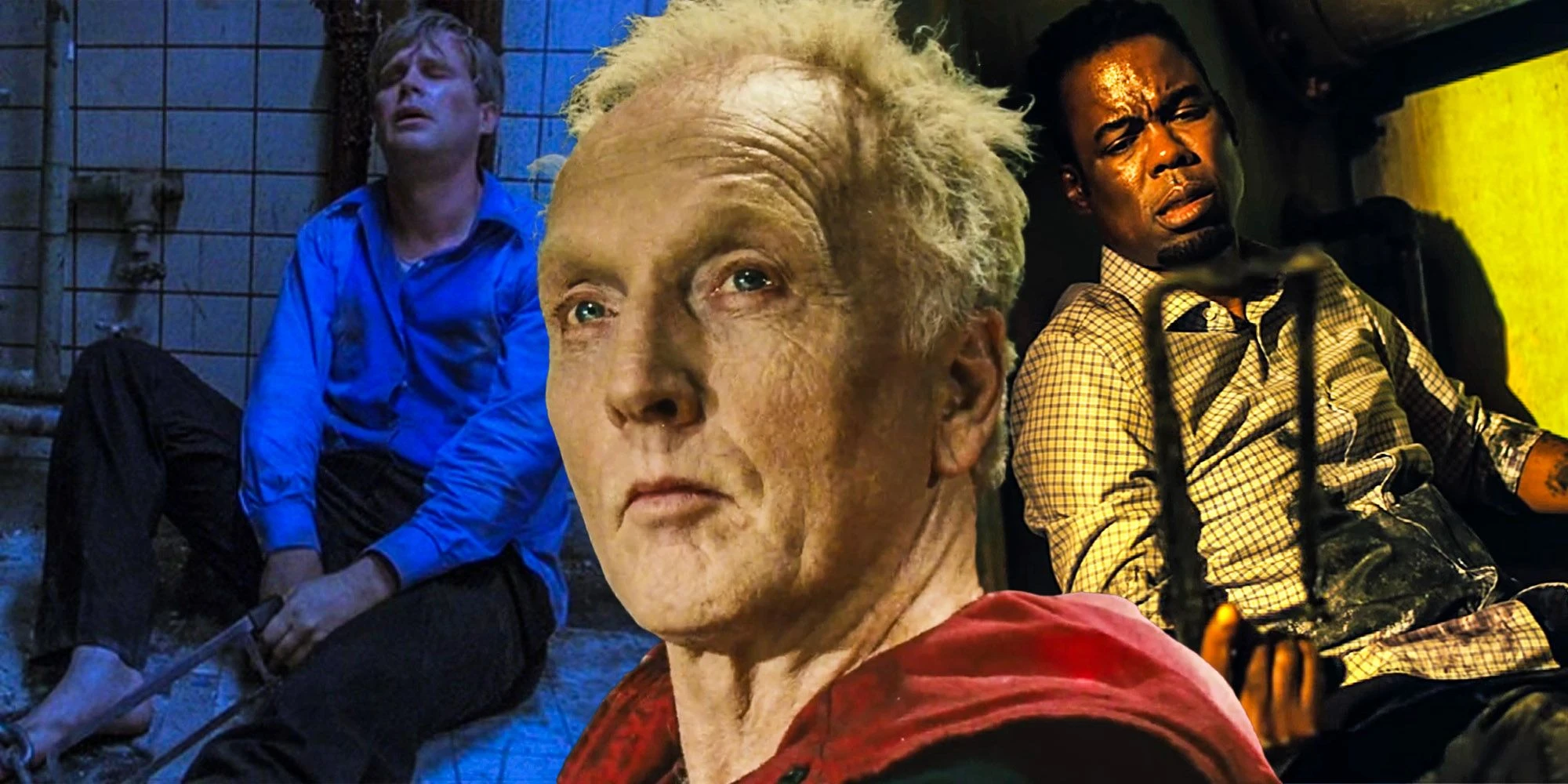Key Differences in Transformers One: Insights from Director Josh Cooley
Introduction
Josh Cooley, the director of Transformers One, sheds light on two major distinctions between this animated prequel and Michael Bay’s live-action Transformers films. This latest chapter delves into the origins of Optimus Prime, Megatron, and the epic clash between Autobots and Decepticons. As the narrative unfolds, the destinies of Cybertron and its inhabitants take a transformative turn, laying the groundwork for a fresh trajectory in the franchise.
Setting and Visuals: A New Perspective
In a conversation with Variety, Cooley highlighted the setting and combat styles as pivotal differences from Bay’s cinematic approach. Transformers One shifts the scenery to Cybertron, an extraterrestrial backdrop, which inherently alters the visual experience. Unlike the live-action films, where human presence dictated a semblance of reality, this animated rendition embraces its otherworldly essence. Cooley aimed to transcend previous boundaries, focusing on clarity and vibrancy in the depiction of robot skirmishes. His comments illustrate a desire to ensure that, despite similar sizes, each combatant is immediately distinguishable through distinct colors.
Reimagined Combat Styles
Cooley also redefined the fighting dynamics in this animated installment. Collaborators Lorenzo di Bonaventura and Mark Vahradian, who contributed to the live-action series, initially suggested employing motion capture for authentic fight choreography. However, Cooley opted to innovate beyond this technique. He envisioned combat that fully leveraged the Transformers’ iconic ability to change forms, both offensively and defensively. This fresh approach aimed to offer a unique experience unlike anything previously seen in the franchise.
Implications for the Transformers Franchise
Animation: A Promising Future
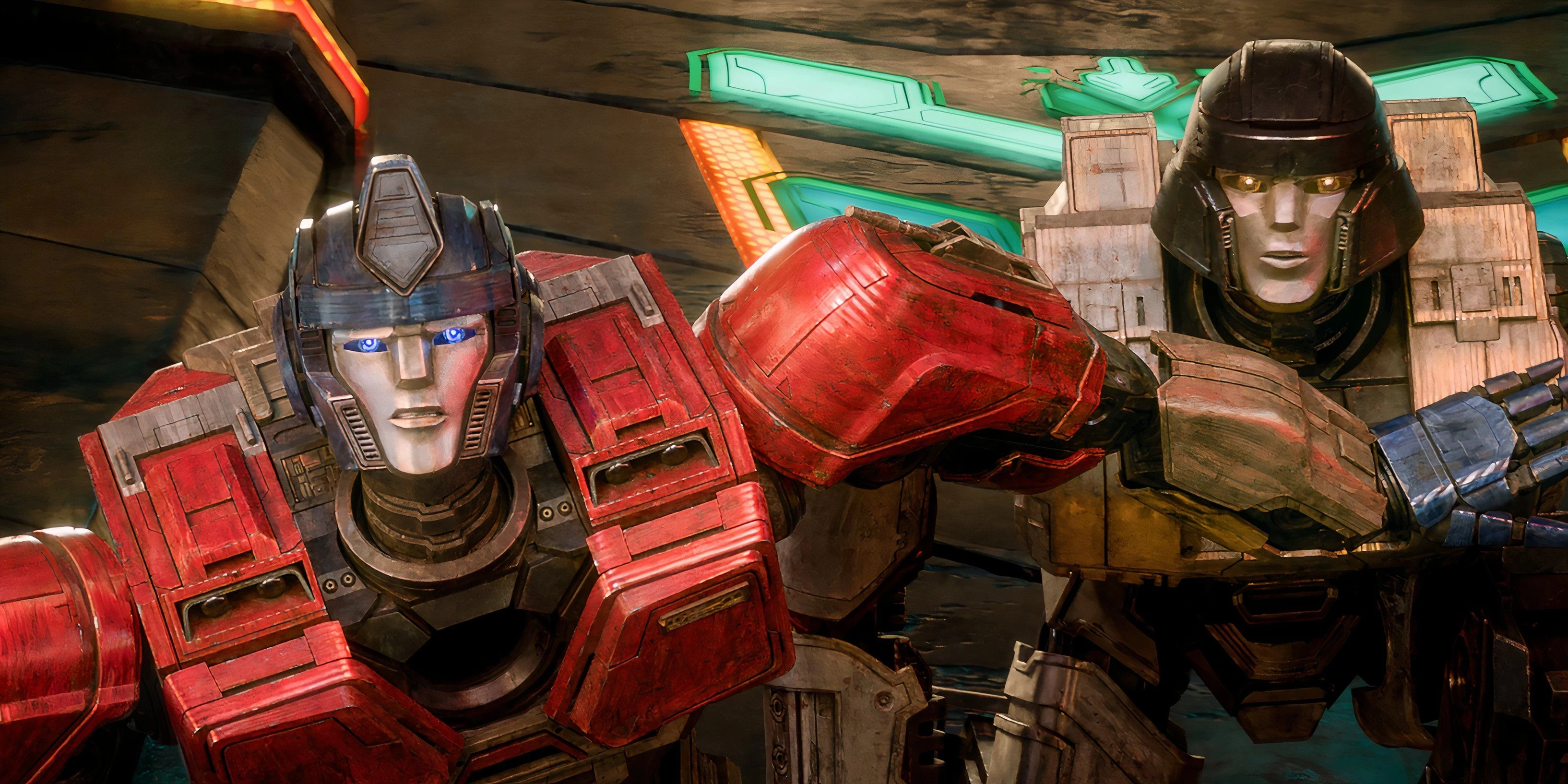
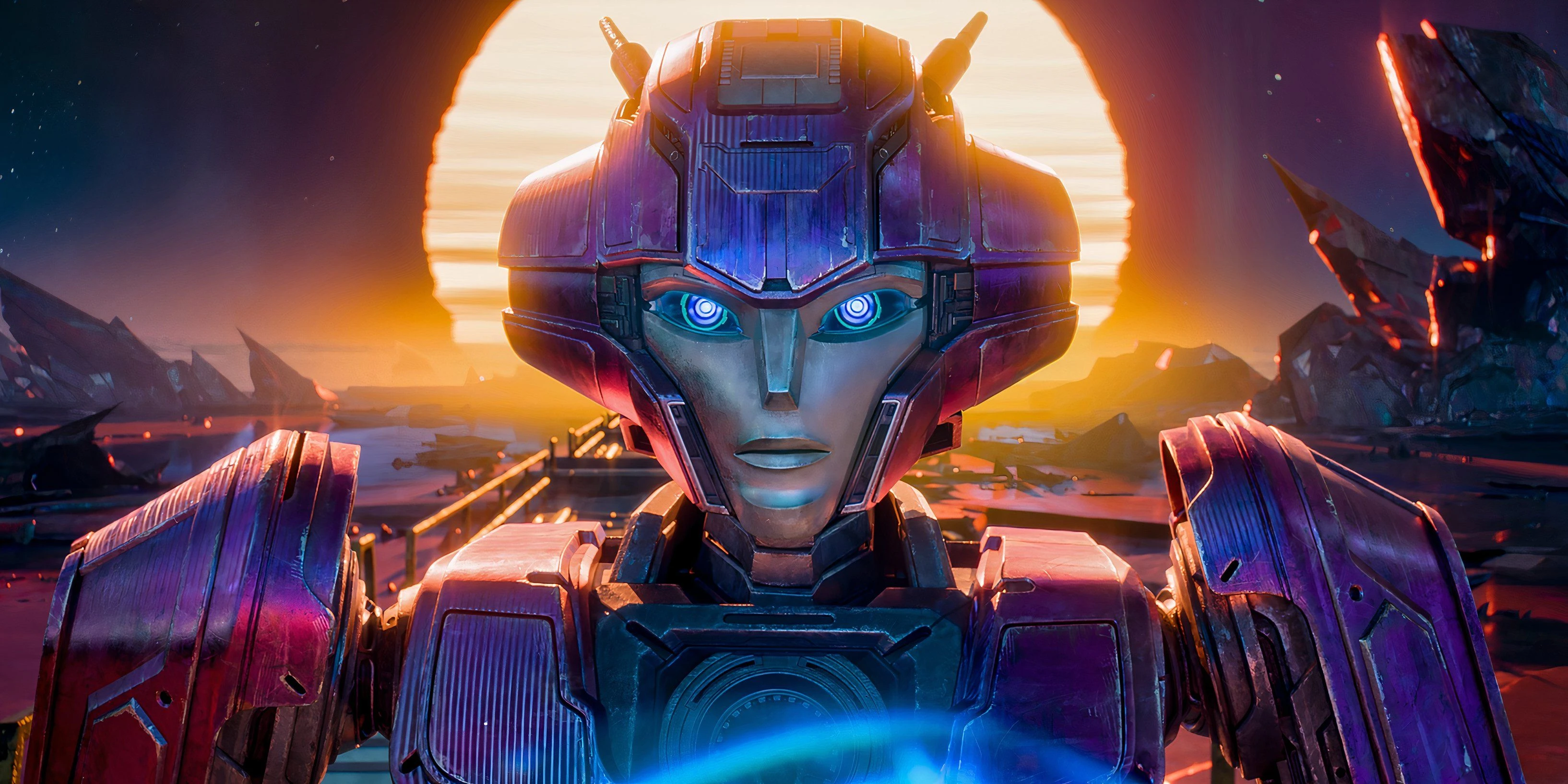

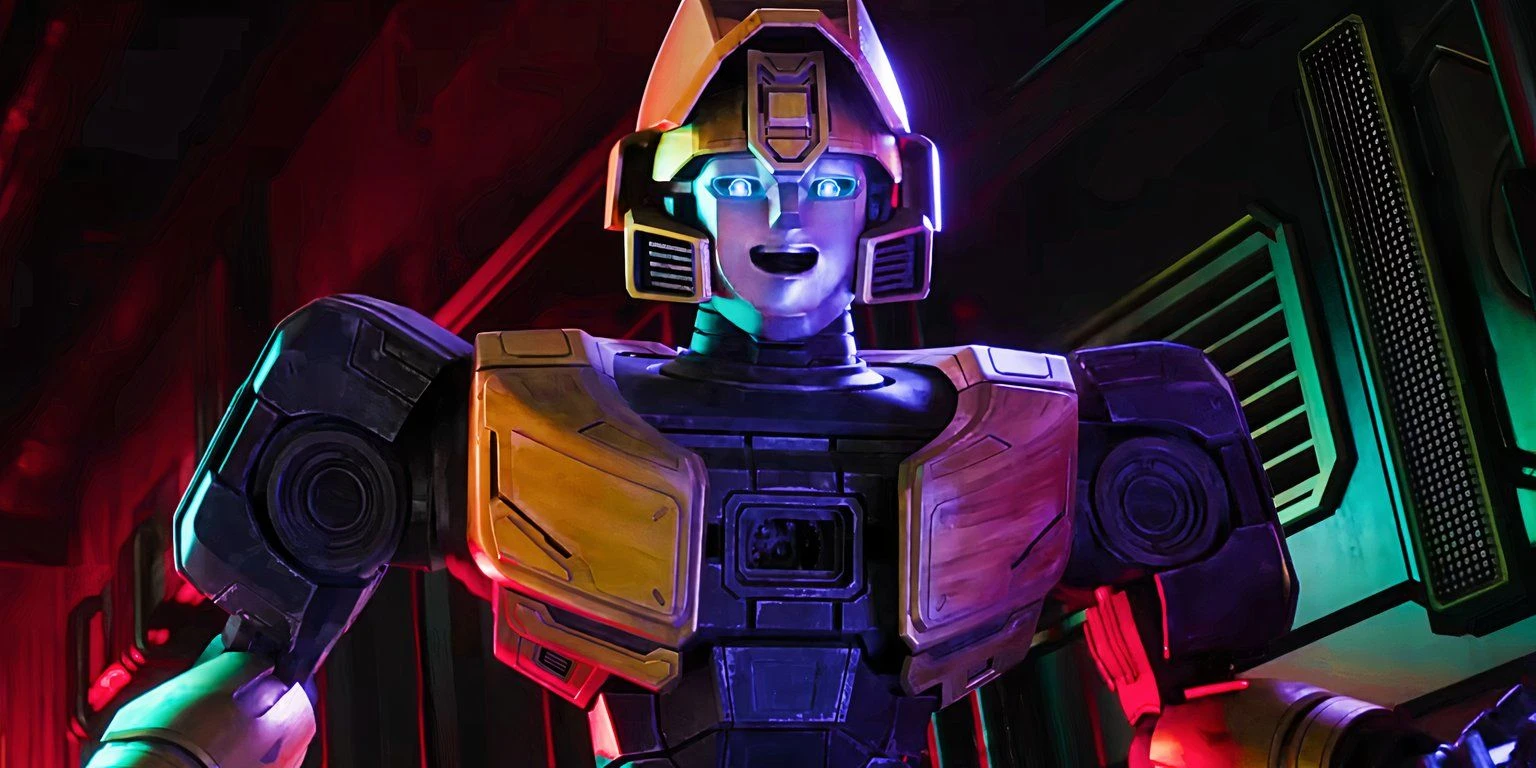
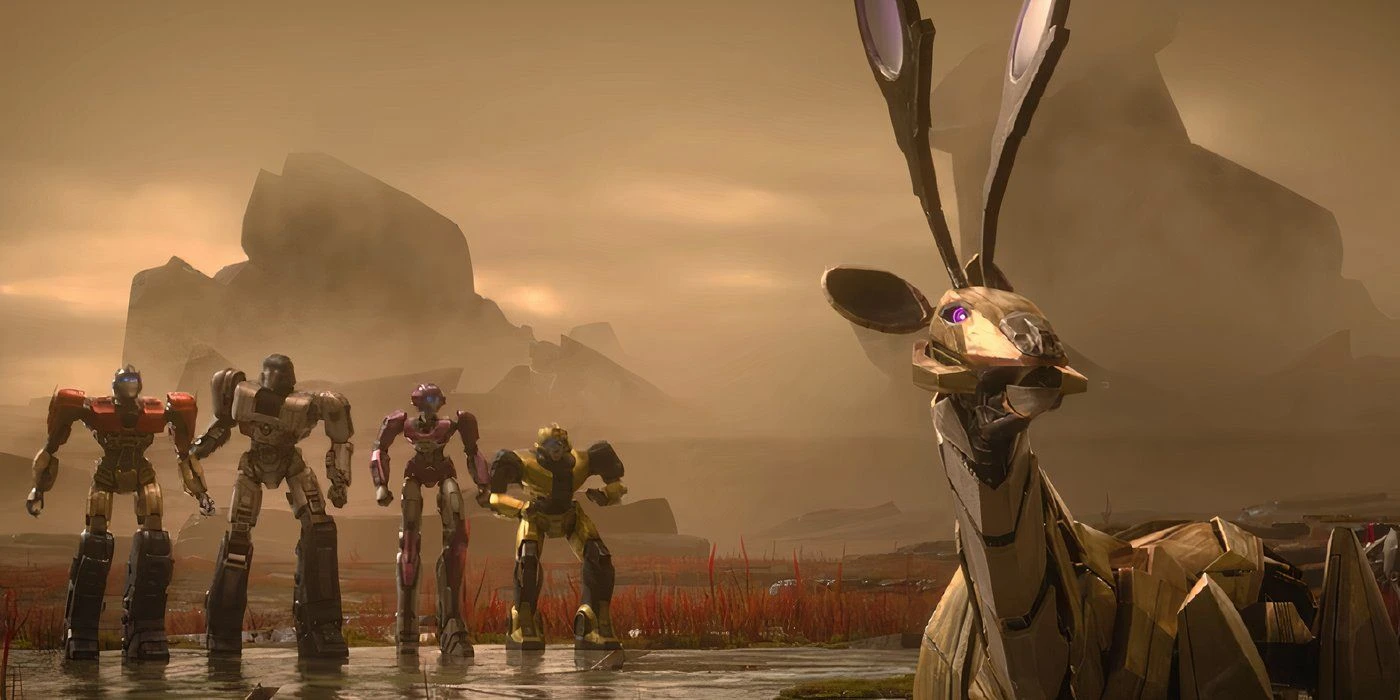
Cooley’s insights suggest that animation might be the ideal medium for the Transformers series. Freed from the constraints of live-action, Transformers One harnesses the creative potential of transformation and color to heighten engagement in battle sequences, offering a more coherent and captivating viewing experience compared to its predecessors.
Returning to Animated Roots
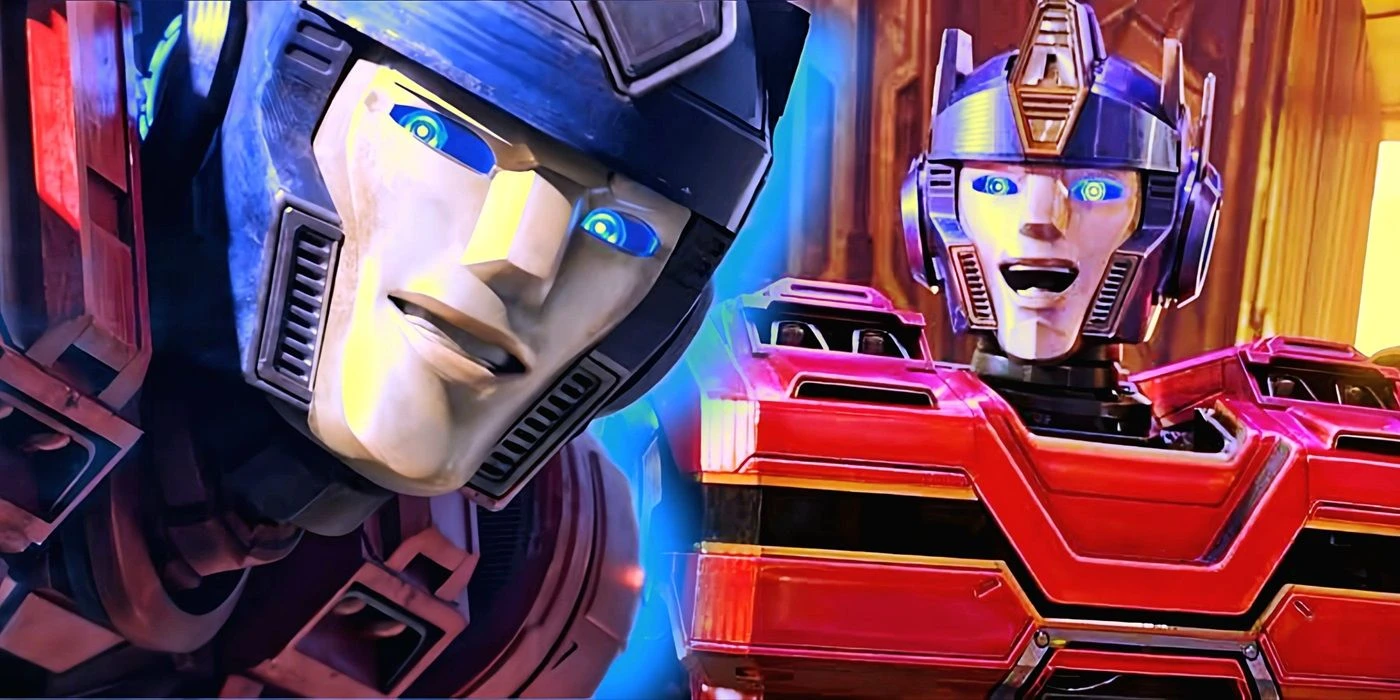
Optimus Prime's 3 Different Forms In Transformers One Explained
Transformers One embodies the spirit of its title, showcasing characters in dynamic forms with seamless motion not feasible in live-action. Although a crossover with G.I. Joe is in development, the franchise’s most compelling path forward appears to be through animation, harnessing its visual and narrative flexibility. This return to the franchise’s animated origins, reminiscent of the beloved 1980s television series and movie, signifies a full-circle moment.
Our Perspective on Cooley’s Vision
The Merits of Animation in Transformers One
Having enjoyed many of Bay’s live-action iterations, I find the animated direction Transformers One takes to be a refreshing evolution. The breathtaking visuals create a richly immersive experience that ignites curiosity about Cybertron, particularly its uncharted landscapes. With the Autobots and Decepticons now at odds, the stage is set for further exploration and conflict. Animation emerges as the most effective medium to continue unraveling the saga introduced in Transformers One.
Source: Variety
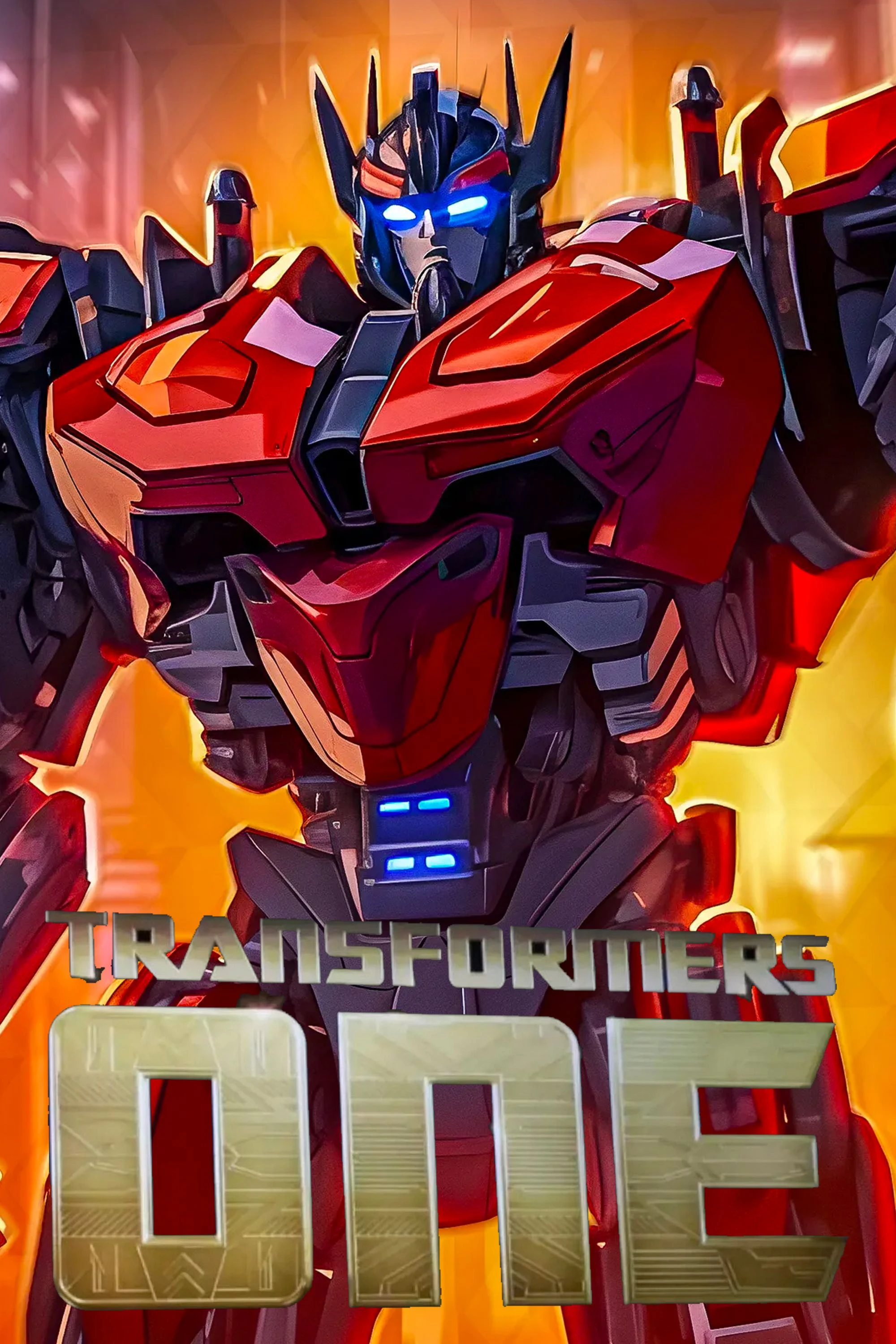
Transformers One
- Animation
- Action
- Adventure
- Sci-Fi
Transformers One is an animated action-adventure movie that marks the first animated feature-length film for the series in decades. The film will be a prequel to the franchise, and will tell the story of Optimus Prime and Megatron in their early years, how they met, and a closer look at the war on their home planet, Cybertron.

